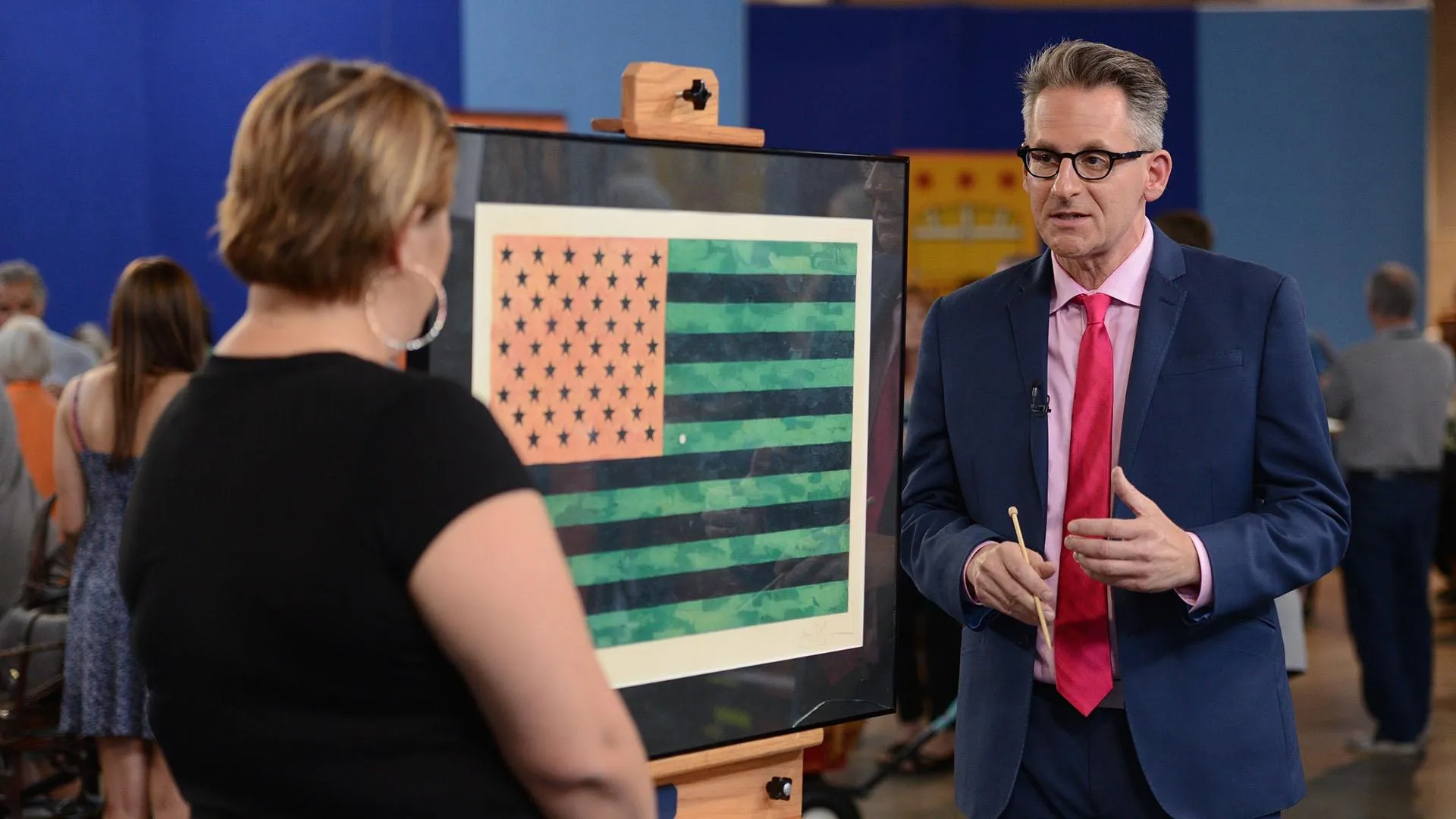HOST: The Museum of International Folk Art in Santa Fe has a trove of Spanish colonial arts and crafts. ROADSHOW got a behind-the-scenes peak at the furniture collection storage vault to check out some examples of traditional New Mexican furniture.
HOST: Sebastian, there are some wonderful pieces of furniture here. We've seen some bancos, which are benches, trasteros, cupboards, but we're going to take a look at some beautiful cajas, which is the Spanish word for "chests." And before we do that, maybe you can give us a brief history of some of the furniture making here in New Mexico.
APPRAISER: Spain colonized this part of North America in the late 16th century, and they brought along with them cabinetmakers, or carpenteros, and this is a wonderful example of Spanish colonial furniture made in the late 18th century. We have the rosette right here, also the pomegranate, and then this lion. And these are all elements that we see in Spanish or Iberian furniture, and when I say Iberian, it's what we know today as Spain and Portugal. It's a straight line from the influences in Spain being incorporated into a piece of colonial furniture, and what's really wonderful about it is that there's some traces of the original pigment left on the borders and throughout the chest as well. If we were to find something in the marketplace this condition-- and this would be considered extremely good condition-- I would expect an auction estimate for a comparable example to be between $3,000 and $5,000.
HOST: Sebastian, this beautiful piece, brightly colored, all that pigment, tell me about this.
APPRAISER: This piece dates from the mid- to late-19th century, and it really shows influence from the Pueblo Indians. You've got the natural pigments as well as the geometric designs. What's interesting about this lock is it's a very European-style lock. It's the type of lock that you would expect to see on a piece of Spanish furniture, and here we have it on a piece of Spanish colonial furniture. This actually came out of the Ranchos de Taos church. It was used as an altar, and it is attributed to the Valdez family, and it is one of 11 known examples by the Valdez family. So it's really quite unusual to have any piece of furniture, especially Spanish colonial, that you can attribute to a maker. If we were to see a similar example come up for auction with the same attributation, I would expect to see an auction estimate of $6,000 to $8,000.
HOST: That's really great. Thank you so much for sharing them.
APPRAISER: It's my pleasure.









